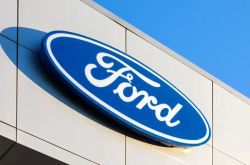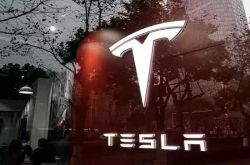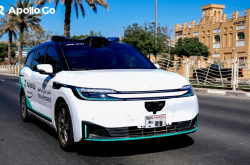Is a Market Share Below 2% a True Brand?
![]() 05/09 2025
05/09 2025
![]() 497
497

Introduction
In the realm of automotive brands, the divide between players and mere toys is stark. A recent executive's claim that "brands with a market share below 2% are not worthy of being called brands" highlights a critical juncture in the industry. This perspective underscores the intense competition and the need for substantial market presence to be considered a legitimate brand.
Theoretically, any enterprise producing or selling automobiles with a unique identity can be classified as an automotive brand. However, in practice, market share, sales volume, corporate history, technological advancement, and user trust significantly influence a brand's status. Many brands lack the necessary influence and presence, leaving them vulnerable to elimination.
The executive's viewpoint reflects a harsh reality: brands with a market share below 2% face an existential crisis. In the fiercely competitive Chinese auto market of 2025, the Matthew Effect—where the rich get richer and the poor get poorer—is pronounced. Market share is increasingly concentrated among leading enterprises, leaving smaller brands struggling to survive.
01 Players and 'Toys'
A decade ago, the domestic auto market was dominated by a handful of major players. The top ten enterprises accounted for 88.34% of total sales. Today, this trend has intensified, with the top ten enterprises holding over 80% of the market. The shift towards electrification and intelligence has further widened the gap, with leading automakers forming insurmountable barriers through technological, capital, and industrial chain advantages.
Independent brands like BYD, Geely, and Changan have emerged as market leaders by leveraging new energy technologies. Conversely, joint venture brands and smaller independent brands are struggling to keep pace. Some traditional joint venture brands have been slow to adapt to the new energy landscape, while others lack the technological and financial resources to compete effectively.
02 Elimination Crisis and Survival Methods
The continuous decline of many brands can be attributed to several factors. The rapid changes in the global automotive industry towards electrification and intelligence have disrupted the competitive landscape. Brands that have failed to keep up with these changes face declining competitiveness and market share.
However, not all hope is lost. Some joint venture brands, such as Volkswagen, are counterattacking by investing in electrification and intelligence. Similarly, smaller independent brands are collaborating with local technology enterprises to enhance their offerings. These strategies demonstrate that brands can still compete if they seize the opportunity and take decisive actions.
Fragile capital chains also play a significant role in the elimination crisis. Small and medium-sized brands often lack the financial resources to support technological iteration and marketing expansion. Additionally, policies such as trade-in promotions and new energy subsidies favor leading brands, further exacerbating the gap.
In conclusion, the automotive market is a harsh environment where only the strongest survive. Brands with a market share below 2% must take drastic measures to break through the technological and market barriers if they hope to avoid elimination. Only those brands that continuously innovate and adapt will earn the right to be called true automotive brands.
Editor-in-Chief: Shi Jie
Editor: He Zengrong






